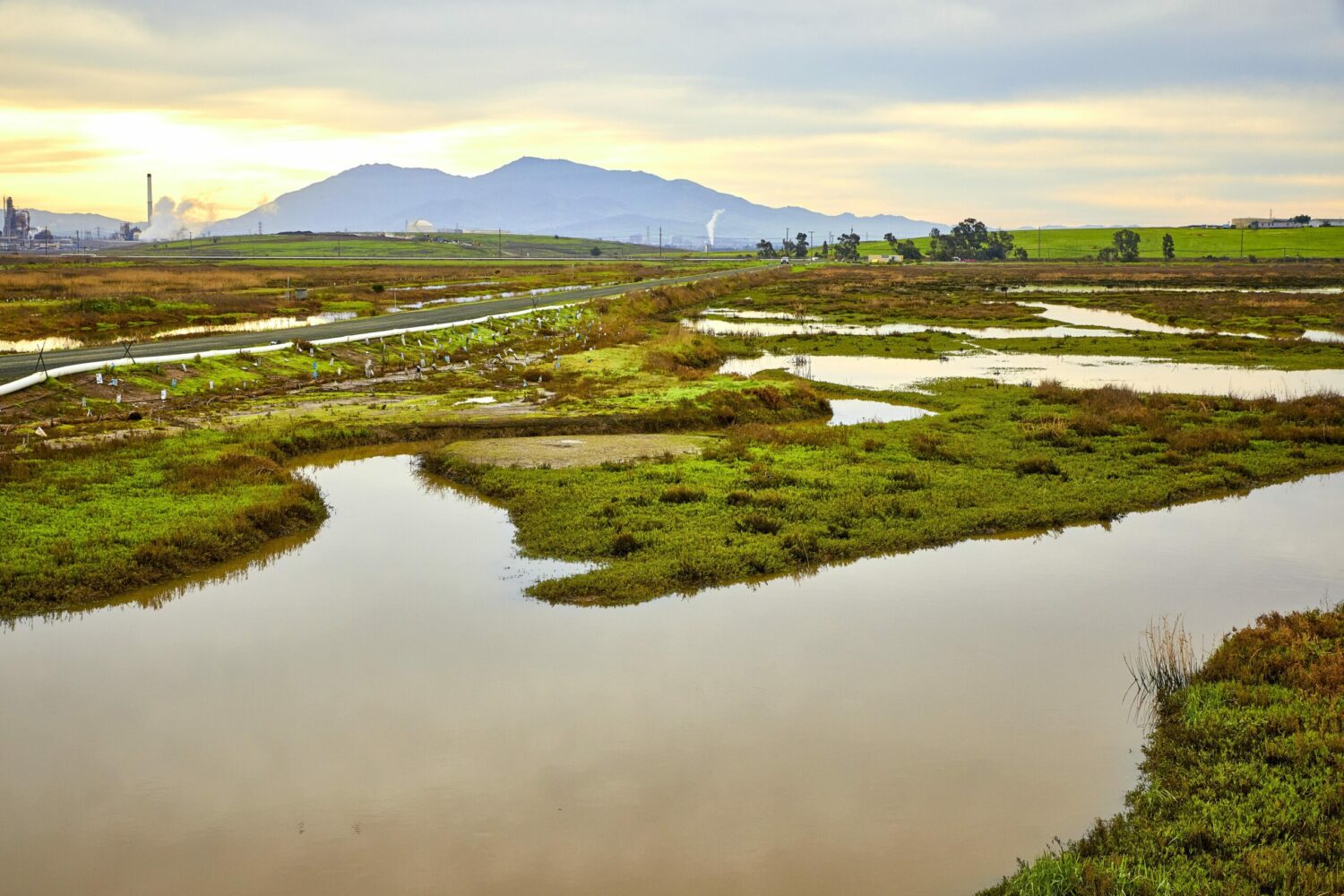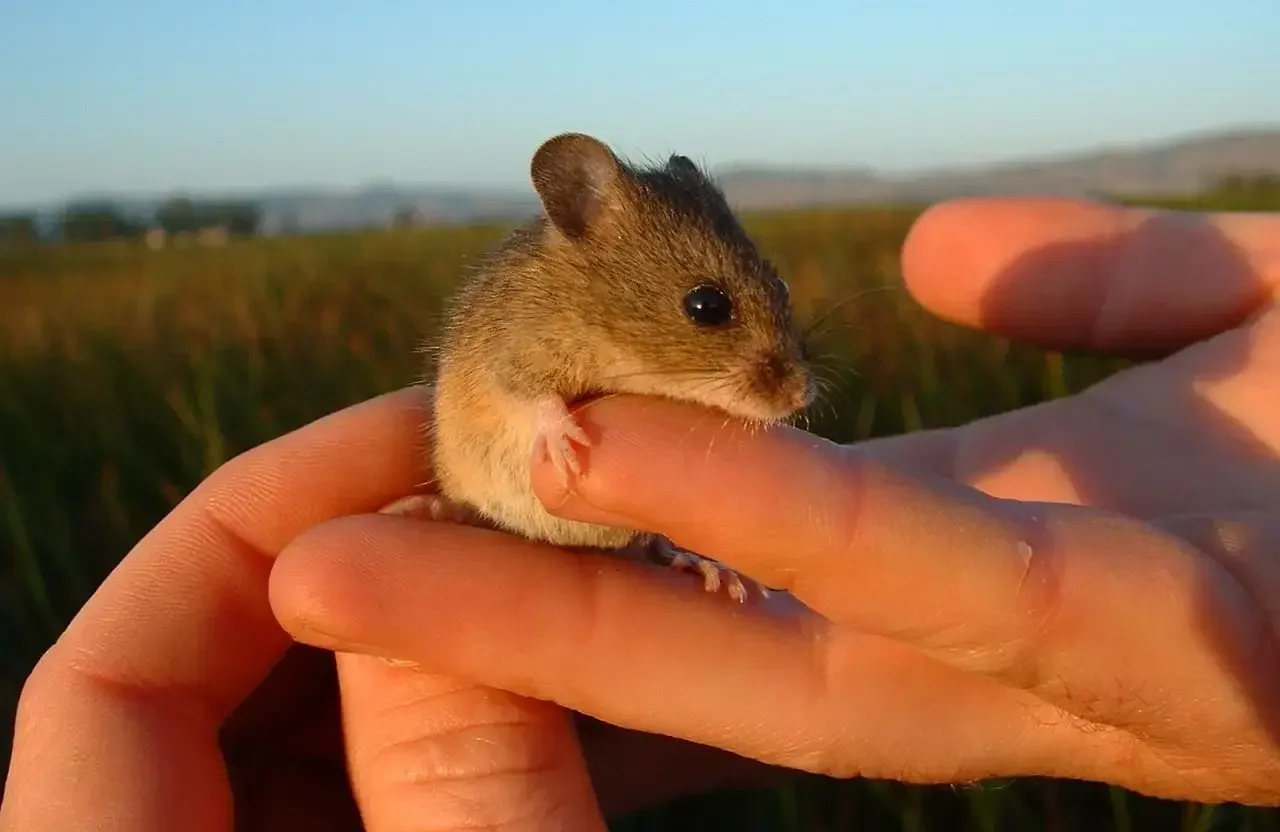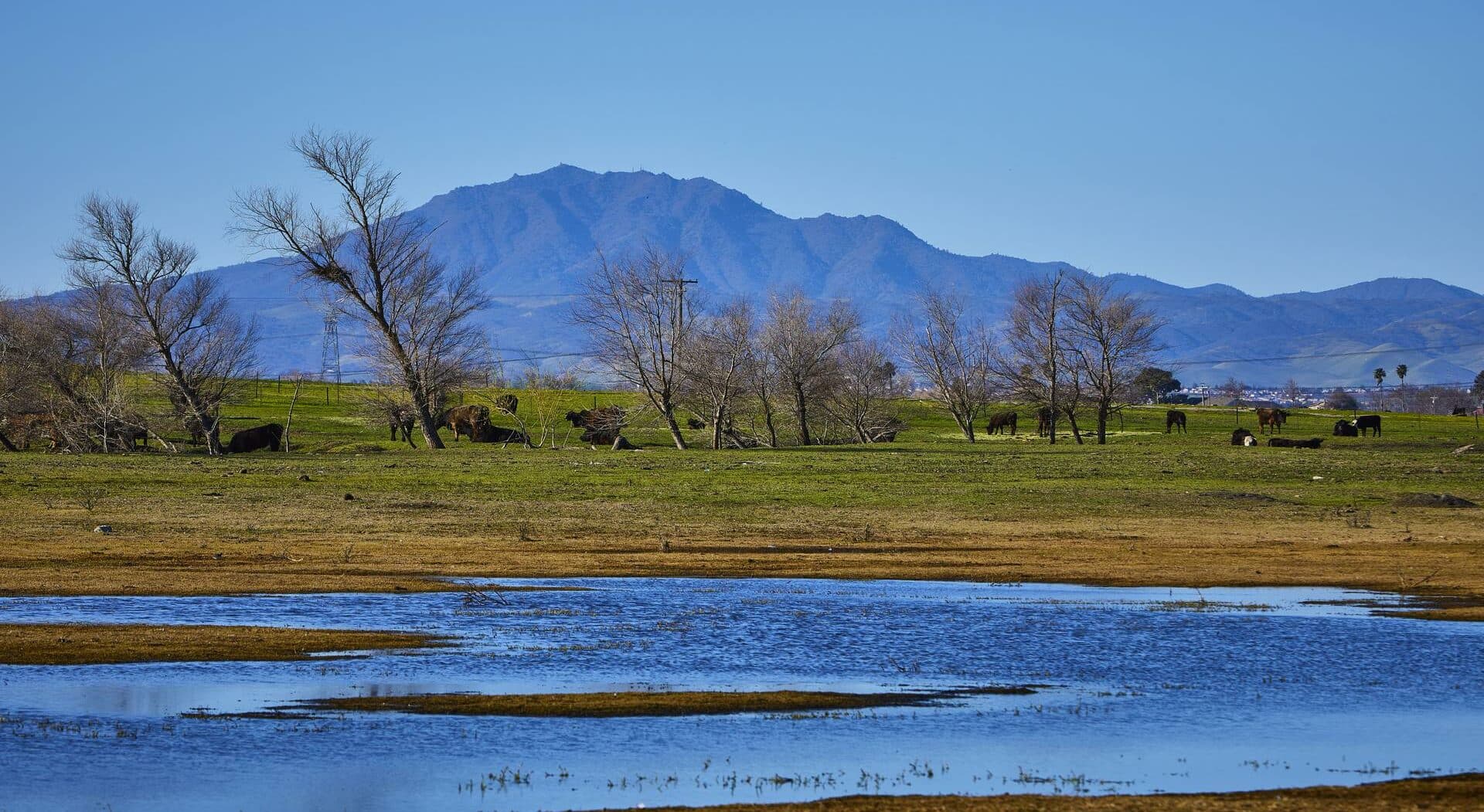Wetlands are some of the planet’s most important ecosystems. They’re a haven for wildlife, they filter pollution and they’re important stores of carbon. And when it comes to mitigating the effects of climate change, they are multitasking superheroes: stabilizing coastlines, buffering against extreme weather events, and reducing the risk of soil erosion.
Alongside coral reefs and rainforests, wetlands are among the world’s most biodiverse ecosystems. And yet, wetlands are disappearing at an alarming rate across the globe: three times faster than forests. Some 85 percent of wetlands present in 1700 were lost by 2000, most drained to make way for development and farming.
Zooming in on Bay Delta Wetlands
The San Francisco Bay Area is home to significant wetlands, including tidal marshes, mudflats, and estuaries, that are vital to our region's health. These ecosystems were once abundant, covering over 190,000 acres. Today, due to development, less than 10% remain. Thankfully, significant efforts are underway to restore and preserve these areas, recognizing their importance as a nature-based solution in combating climate change.
Pacheco Marsh: Bringing Back a Lost Ecosystem

The Ultimate Carbon Sink
Wetlands are among the most effective carbon sinks on the planet. Their dense vegetation and rich organic soils trap significant amounts of atmospheric carbon dioxide. Restoration projects like Pacheco Marsh and Hoover Ranch aim to re-establish these ecosystems, boosting their ability to capture carbon and mitigate future emissions.
Biodiversity Hotspots
The Bay Delta is a biodiversity hotspot teeming with unique plant and animal species, like the salt marsh harvest mouse. These wetlands provide essential breeding, feeding, and resting grounds for diverse wildlife, including migratory birds. Restoration efforts focus on creating habitats that support a variety of species and enhance the overall ecological health. Healthy wetlands are better equipped to withstand climate impacts, ensuring the survival of the species that depend on them.
The Salt Marsh Harvest Mouse: A Species at Risk

A Natural Defense System
With climate change driving more frequent and severe storms, along with rising sea levels, the protective role of Bay Delta's wetlands has never been more critical. Wetlands act as natural buffers, absorbing storm surges and heavy rainfall, and reduce the risk of flooding in coastal communities. They also help to stabilize shorelines and minimize erosion by dissipating wave energy.
Nature's Water Filter
Acting like natural water filters, wetlands trap pollutants and sediments, improving water quality. This filtration process protects downstream ecosystems and human communities that rely on clean water.
Hoover Ranch: Expanding Restoration Efforts

Building Climate Resilience and More
There's good news! Restoring and protecting wetlands is a powerful tool for building climate resilience. Here in the Bay Area, exciting projects are reviving tidal marshes, reconnecting rivers to floodplains, and revitalizing these vital habitats. These efforts not only capture carbon and shield us from floods but also create recreational spaces and educational opportunities. When it comes to wetlands, it's a win-win-win!


